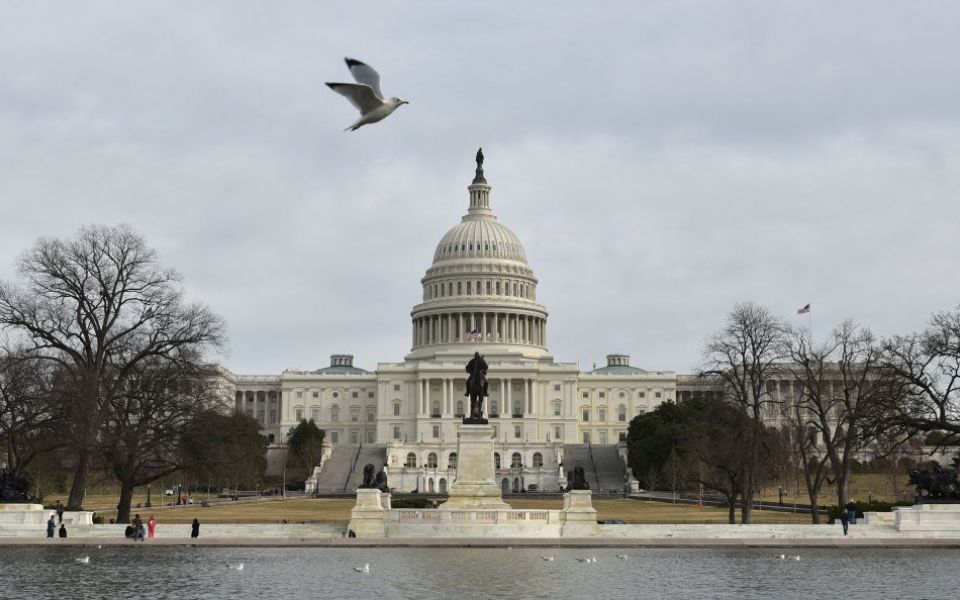
US bank regulation reforms spell trouble

On Wednesday night, the US Senate voted in favour of repealing part of the Dodd Frank Act.
The act, introduced in the wake of the 2008 financial crisis required banks to hold more capital in order to withstand future financial shocks. It was seen by many as a sensible response given the entire system nearly collapsed.
But smaller banks always felt the requirement was unfair to them. They didn’t pose a threat to the financial system because they didn’t hold enough assets. It was the big banks like Morgan Stanley, Bank of America, and, of course, Lehman Brothers that did.
Repealing the Act, at least in part, was also a key election pledge of President Trump. It may not include the largest banks in the US but it does, at least, remove a layer of regulation that the Act’s opponents argued hindered economic growth and recovery.
It’s likely the move will be welcomed by Wall Street but how much it will contribute to economic growth is debatable.
Partial repeal
The partial repeal, approved by a 67 to 31 majority of Senators, exempts banks with less than $250bn (£179bn) in assets from the requirements of the Dodd Frank Act.
The vote was welcome by US Chambers of Commerce chief executive Thomas Donohue who said it provided respite to “Main Street businesses across America whose growth has been stifled in the post-crisis regulatory era”.
And so, it may prove.
Meanwhile, those who have argued against even a partial repeal will probably comfort themselves with the knowledge that this isn’t yet a done deal.
The Act has to go to the House of Representatives, where it is likely amendments will be added, before it returns to the Senate. So there is still some way to go.
But even if it happens, there is one potential wrinkle looming large. What is to stop the bigger banks buying the smaller banks to get around the Dodd Frank Act?
If partially repealed, surely there is a danger the larger banks will shift their assets to smaller subsidiaries, purely as a way to circumvent the rules on how much capital they must hold in case there’s another financial crisis. That itself could lead to a domino effect, which could take out a far greater proportion of America’s banks in the next crisis.
If, in the next few years, we see a spate of mergers and acquisitions, this may be why.
Moreover, $250bn of assets is hardly small change. Morgan Stanley has $851bn of assets and is the sixth largest bank in the US.
Wild West
This was one of the reasons the Dodd Frank Act had to apply to all banks regardless of their size. If the Act restricted growth for smaller banks, it restricted growth for the bigger banks too.
Creating a two-tier system is a dangerous move. Public trust in the banking system is still very low, a whole decade on from global financial collapse.
Pairing back regulations is hardly going to improve it, nor remove the suspicion that, shackles removed, US banks will revert back to the bad old days of the Wild West.
To find out how INFINOX Capital can help you reach your financial goals, visit www.infinox.com.